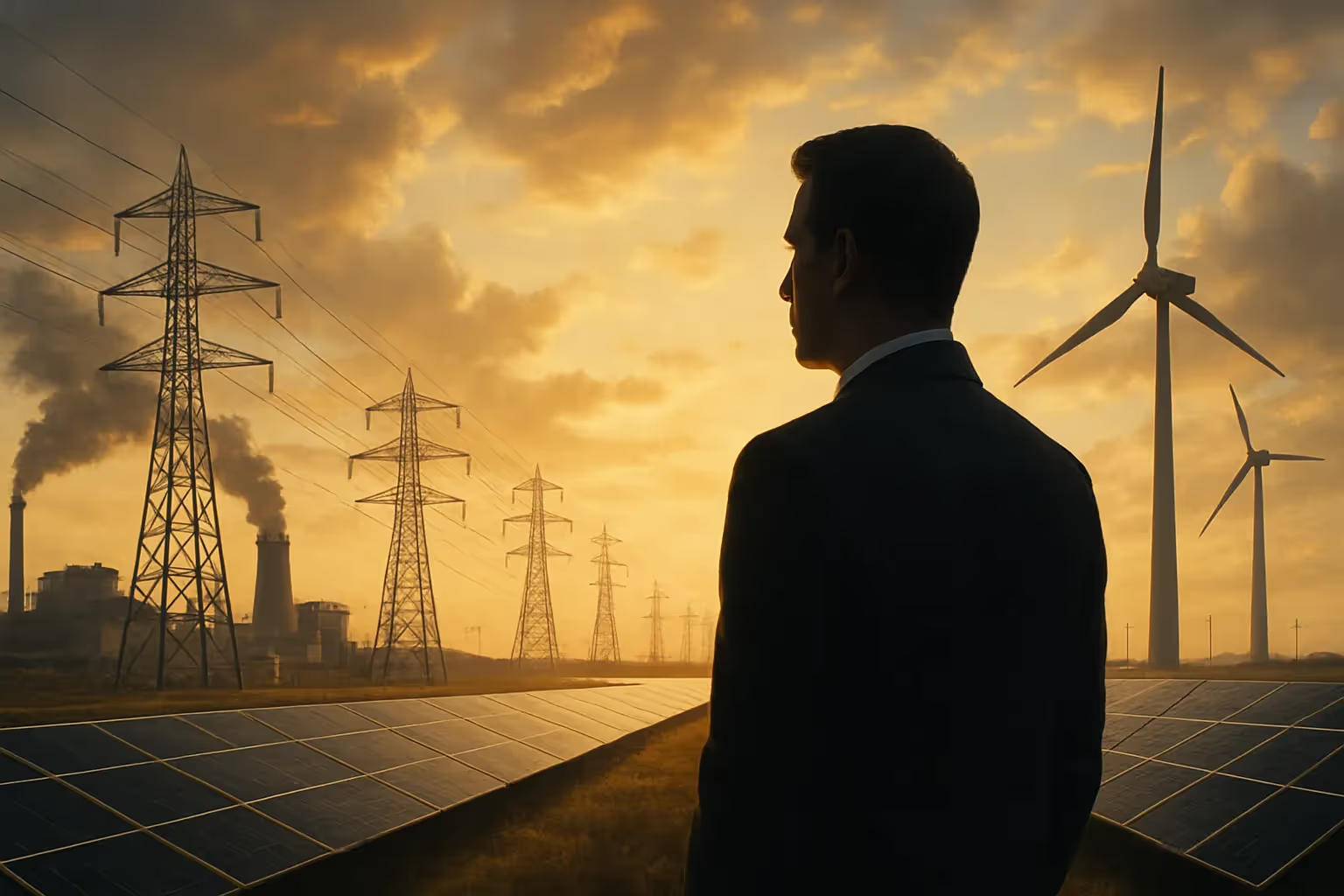
The Big Beautiful Bill Act significantly altered federal clean energy tax incentives in 2025, scaling back consumer-focused benefits. Energy credits under the Big Beautiful Bill now prioritize stricter timelines and reduced eligibility compared to the IRA’s broader approach. Taxpayers face urgent decisions about completing energy-efficient upgrades before credits expire at the end of 2025. Tax professionals must guide clients through the shifting landscape of clean energy credits, ensuring compliance with evolving IRS rules and documentation requirements.
The Inflation Reduction Act expanded federal tax credits by supporting residential clean energy credit programs and energy-efficient home improvement initiatives. Homeowners gained access to tax credits for making energy-efficient upgrades, such as solar panels, heat pumps, and battery storage technology. Clean energy tax credits also encouraged solar projects, wind turbines, and geothermal heat systems, thereby boosting the adoption of renewable energy across the nation. Taxpayers claiming these credits reduced a taxpayer's tax liability while aligning with the Internal Revenue Code and IRS guidance.
The Big Beautiful Bill Act introduced expiring energy tax credits and shortened timelines for energy-efficient home credit eligibility criteria. While the Beautiful Bill limited federal tax credits for residential clean energy, it retained investment tax credit benefits for wind and solar facilities. Businesses beginning construction on wind and solar projects or clean energy systems still qualify under clean electricity production rules. Tax professionals must strictly enforce documentation, ensuring that property installed for qualified upgrades meets the requirements before the termination date or in future tax years.
EV energy credits end under the Big Beautiful Bill on September 30, 2025, affecting both new and used vehicles. The Internal Revenue Service confirms that taxpayers can qualify if they sign a binding contract and make a payment before the cutoff date. This deadline forces taxpayers claiming clean energy credits to finalize purchases early or risk losing thousands in potential federal tax savings.
A Tesla Model 3 buyer who secures a contract and deposit before September 30 still receives the EV credit. Missing this deadline eliminates access to the credit, which increases project costs and significantly raises a taxpayer's tax liability. The termination date reshapes energy efficiency policy by reducing incentives that once encouraged the adoption of clean energy and sustainable transportation investments.
Energy-efficient home credit benefits end December 31, 2025, eliminating federal support for residential clean energy improvements and upgrades. Covered projects include solar panels, heat pumps, HVAC systems, insulation materials, and Energy Star exterior doors installed in a taxpayer's principal residence. Homeowners must place their property in service before the termination date, as purchases alone, without installation, do not meet the IRS eligibility criteria.
A $20,000 solar installation completed before December 31 qualifies for $6,000 in clean energy credits under federal tax rules. Delays into future tax years eliminate eligibility, leaving taxpayers claiming nothing despite investing in renewable energy or qualified upgrades. This deadline forces tax professionals and homeowners to accelerate clean energy projects and strictly enforce completion requirements for credit applicants.
The Big Beautiful Bill Act replaced lost EV clean energy tax incentives with a temporary deduction for interest on vehicle loans. From 2025 to 2028, taxpayers can deduct up to $10,000 annually in qualifying interest paid on a vehicle loan. The deduction applies to American-made vehicles, including both electric and gasoline models that meet the Internal Revenue Service's eligibility criteria. For example, financing a Ford F-150 Lightning allows taxpayers claiming deductions to offset the loss of EV energy credits and reduce their tax liability.
Clean energy tax credits for businesses remain under the Big Beautiful Bill Act, but now operate with significantly stricter eligibility rules. Technologies like wind, solar, geothermal, nuclear, hydro, and energy storage continue to qualify under investment tax credit provisions and federal tax law. Companies must begin construction and place property in service according to termination dates outlined by the Internal Revenue Service.
FEOC restrictions prevent foreign-influenced entities from participating in specific clean energy projects, reshaping financing options for large-scale developments nationwide. Businesses pursuing wind and solar projects must verify the qualifications of manufacturers and avoid ties to foreign entities before taxpayers claiming credits file their tax returns. To secure clean energy credits, companies must restructure project timelines, document project costs, and strictly enforce compliance with IRS criteria.
Taxpayers and professionals must act quickly to capture remaining opportunities under the Big Beautiful Bill Act before credits expire.
By acting decisively and maintaining strict compliance, both taxpayers and professionals can reduce liability and maximize savings before critical deadlines arrive.
The Beautiful Bill reflects a clear policy pivot from household energy-efficient upgrades toward business-focused clean energy tax incentives. Federal tax credits for individual taxpayers decline sharply, reducing support for residential clean energy systems and energy-efficient home improvements. State and local governments now provide vital programs that sustain energy efficiency and renewable energy adoption despite federal cutbacks. Future clean energy credits will likely be more targeted, fiscally conservative, and structured to prioritize specific clean energy projects over broad incentives.
By William Mc Lee, Editor-in-Chief & Tax Expert—Get Tax Relief Now